My job description as a story coach boils down to these two things, 1) helping leaders articulate their purpose and 2) helping them live out that purpose. However, very few leaders I serve can define their exact mission statement (otherwise known as a purpose statement). While they lead a successful life, and even anchor their life choices on certain uncompromising values, stating one’s mission is not something many leaders find easy to do at all.
As a result, I decided to create a simple process for anyone to articulate their personal mission statement:
1. Identity – If I were to relieve you of all your professional titles, what is one word you still find a sense of identity in? This is key because as leaders we attach our identity to our accomplishments and performance. The idea here is to have a change in perspective and grasp the idea that you are not what you do but instead, what you do is only an expression of who you are.
After identifying your one-word, think why this word is important to you.
2. Core values – What are your top three values? These are the guiding principles you live and pattern your life by. They are the overarching principles responsible for your life choices and decisions. Examples are - Integrity | Security | Creativity | Collaboration | Growth | Relationship | Service | Family | Freedom | Generosity | Spirituality | Wealth.
Which of these ranks the highest (this answer should be identical, or close, to question number 1)?
3. Story – Think about an experience that shaped or brought your core values to the forefront. This is called a defining moment: it is a life-changing or life-altering event that, after its occurrence, continues to have a lingering impact on your life. Authentic mission statements often come from our defining moments and allow us to discover the overarching purpose of our lives.
This story should have an identical theme to both questions 1 and 2.
4. Service – Identify a community or a demographic in your world that share the same need? Your mission statement should be service-oriented and not just self-serving. While life’s purposes do come from personal defining moments, their impact should be far-reaching and should connect with a real need in the world. That said, you must start from your immediate environment by identifying the needs closest to you. Over time there will be more opportunities to expand this scope of influence.
The community you identify with should connect to those [defining moments] in your story.
5. Introduction - After completing these steps, now go ahead with crafting your mission statement, and display it boldly in your home, bio/resume, website or place of work. Whenever you are called to introduce yourself, whether as a speaker or even at a job interview, start by boldly stating your personal mission statement – because this is your superpower.
Examples of popular mission statements include:
"To be a teacher. And to be known for inspiring my students to be more than they thought they could be." — Oprah Winfrey
"To have fun in [my] journey through life and learn from [my] mistakes."
— Sir Richard Branson
Examples of business mission statements include:
“Give people the power to build community and bring the world closer together.” — Facebook
“To inspire and nurture the human spirit – one person, one cup and one neighborhood at a time.” — Starbucks

